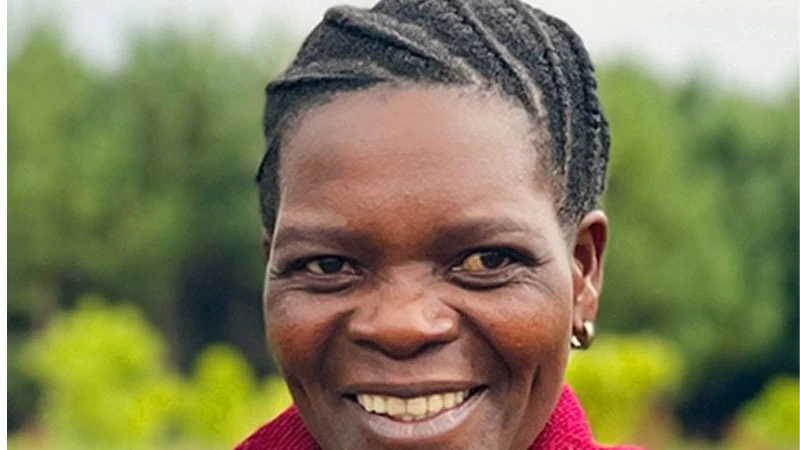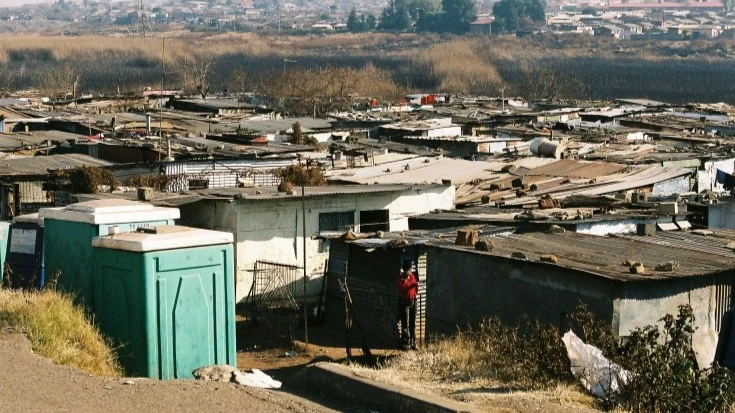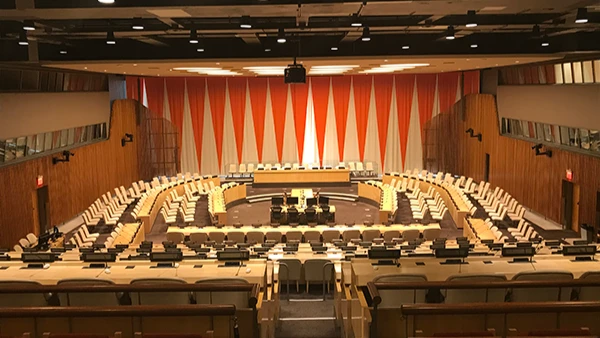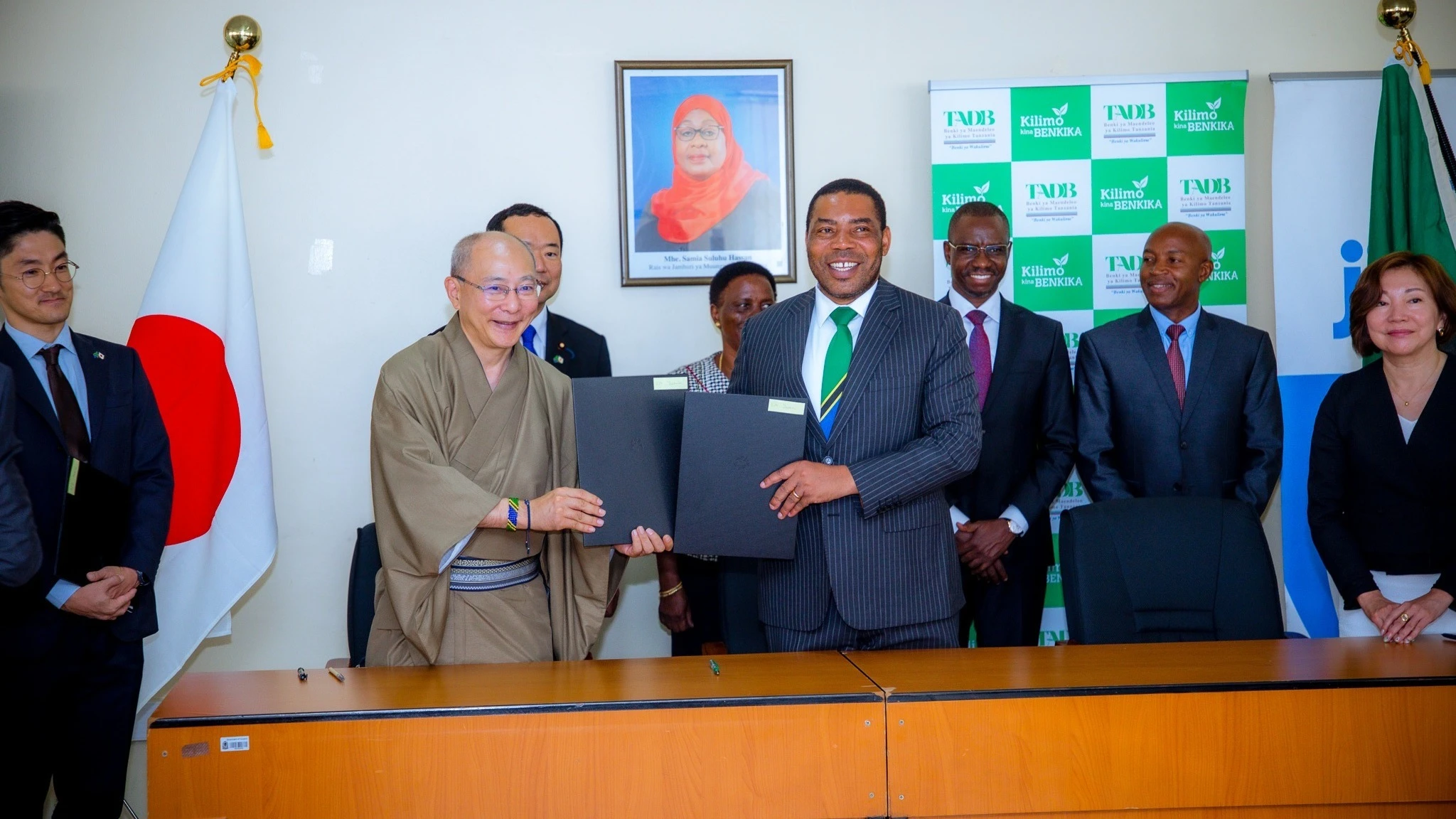Shinyanga's alarming surge in livestock deaths demands immediate action to save livelihoods
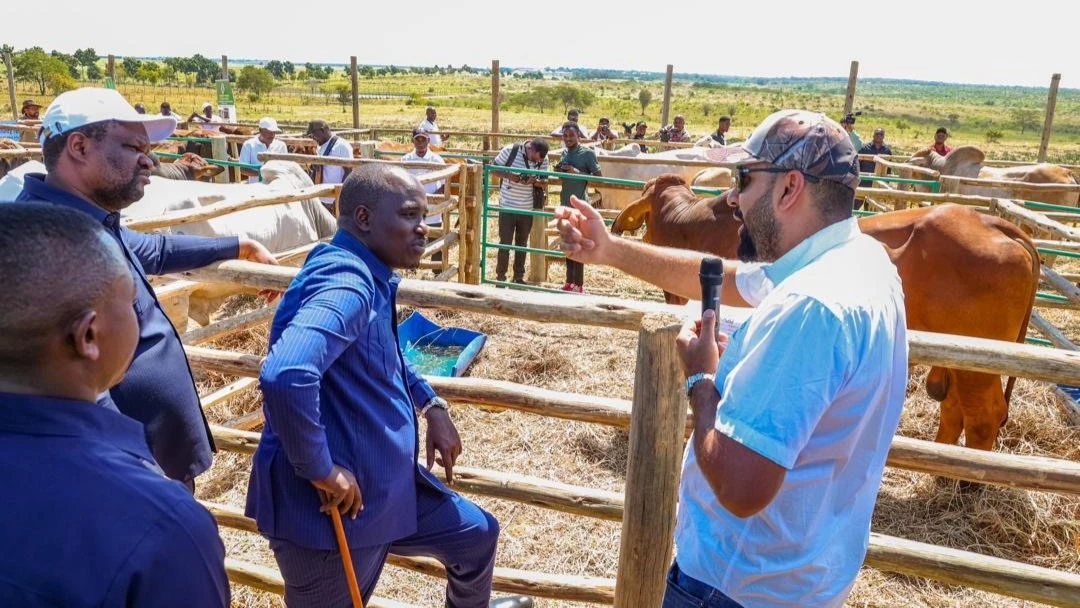
In the heart of Shinyanga District, a silent crisis unfolds with each passing day. The once-thriving herding communities are now facing an alarming surge in livestock deaths, a dire situation that threatens to unravel the economic stability of entire families and shake the nation’s financial foundation.
On August 20, 2024, a council meeting became the epicenter of a heated discussion as the district's leaders gathered to confront this escalating emergency. Ngassa Mboje, the district council chairman, painted a grim picture of the challenges at hand, revealing a crisis that is not only devastating the local livestock population but also putting the economic survival of countless herders in jeopardy.
As the cattle, goats, and sheep fall victim to an unknown disease, the heart of Shinyanga beats with uncertainty, calling for urgent and impactful solutions to save its livestock, its economy, and its people.
Mboje lamented the alarming increase in livestock deaths, sharing his own distressing experience. "I have 100 cattle, but half of them have died," Mboje said, illustrating the gravity of the problem.
"Residents cry daily over livestock deaths and we don't know what disease it is. There's a growing belief that the vaccines might be causing this issue. We urge the government to rescue us from this situation."
The economy of Shinyanga District heavily relies on agriculture and livestock. Mboje emphasized that the loss of livestock undermines the economic stability of residents and, consequently, affects the national economy. "Our economy depends on agriculture and livestock, so as livestock die, our national economy deteriorates," he stressed.
Edward Maduhu, the district's agriculture, livestock, and fisheries officer, confirmed the rise in livestock deaths but admitted that accurate statistics are lacking. He mentioned plans to establish their laboratory for in-depth investigations to identify the cause of the deaths.
"We have reported to the regional animal disease coordinators in Mwanza for further assistance," Maduhu added.
Herders in Shinyanga District have voiced their frustrations over the loss of their livestock. They reported that this crisis has led some to fall back economically as their entire herds have perished. The region hosts a variety of livestock including cattle, goats, sheep, donkeys, pigs, and chickens.
Current statistics from the Shinyanga Regional Website reveal the scale of the region’s livestock sector: 1,221,784 cattle, 757,772 goats, 372,351 sheep, 24,558 pigs, and 19,460 donkeys.
As well, Shinyanga is home to a significant native chicken population of 2,081,006, alongside 216,980-layer chickens and 10,729 broilers. The majority of this livestock consists of indigenous breeds, underscoring the deep-rooted agricultural traditions that define the region’s economy.
Cattle sales are a primary source of income for herders, followed by goat sales. In the fiscal year 2015/2016, the government collected a total of 319,230,000 shillings from livestock taxes and transport fees, achieving 90.61% of the revenue target. In 2021, cattle herders complained about the lack of markets for hides from slaughtered animals and requested the government to provide better-quality livestock breeds for more productive farming.
Charles Masaganya, a cattle herder from Kahama District, discussed the challenges they face. "We ask the government to provide us with breeds that meet current industry standards. Hides are undervalued, and often we discard them. We lack markets and only have middlemen who offer unsatisfactory prices," Masaganya said, expressing his dissatisfaction with the situation.
Frank Mushi, a senior lecturer at the Livestock Training Agency (LITA), noted that livestock hides produced in the country often fail to meet international market standards because many herders do not recognize their value.
Mushi explained that indigenous cattle hides are less valued due to their small size and the presence of bumps. "Many herders do not understand the importance of hides, and most cattle raised have limited utility," Mushi remarked.
Shinyanga Regional Commissioner Anamringi Macha acknowledged the lack of a market for the hides produced in the Kahama district, which results in lost revenue for the government.
Speaking on behalf of the five strategic regions involved in strengthening the leather value chain—Arusha, Manyara, Kagera, Geita, and Shinyanga—former Regional Commissioner Zainab Telack emphasized the government’s commitment to developing the leather market in the country. She urged herders to adopt different types of livestock farming as the current cattle have defects that spoil the hides.
In the Lake Zone, despite the large livestock population, challenges such as inadequate equipment, poor infrastructure, limited farmer education, and few specialists compared to the region's size persist.
This zone comprises six regions—Mwanza, Mara, Shinyanga, Simiyu, Kagera, and Geita—with over 6.89 million cattle, 3.64 million goats, and 1.228 million sheep.
Dr. Subira Mwakabumbe, acting officer-in-charge of the Lake Zone Animal Disease Research and Identification Centre, reported several issues including cattle plague (CBPP), goat pox, swine fever, rabies, tick-borne diseases, dermatophytosis, and foot-and-mouth disease. "In the 2016/17 period, 178 out of 866 reported cattle cases of cattle plague died," Dr. Mwakabumbe said, adding that 2,430 pigs died from swine fever.
Dr. Mwakabumbe highlighted that tick-borne diseases are a significant problem in the Lake Zone. "43,971 cattle were affected by these diseases, with 2,692 deaths," she noted. She also mentioned that the center faces challenges due to a lack of vehicles and equipment for disease monitoring.
Former Deputy Minister for Livestock and Fisheries, Abdallah Ulega, during a recent visit to Mwanza, acknowledged the challenges including a shortage of veterinary medicines.
Ulega stressed that there are significant investment opportunities in the livestock product and veterinary medicine sectors. "The government is committed to addressing these issues, and herders should utilize these centers for education," Ulega said. He added that the government plans to launch a nationwide vaccination program according to Animal Diseases Act No. 17.
Dr. Sero Luwango, assistant director of the veterinary health unit, mentioned that abortion in cattle has been a persistent issue for herders. "When cattle have this disease, they abort at around seven months, and without vaccination, herders face further infections," Dr. Luwango said. "Often, this disease leads to severe malaria and headaches and affects other body parts."
In response to the escalating livestock crisis in Shinyanga District, urgent and decisive action is imperative to establish sustainable solutions. The government must spearhead the modernization of animal husbandry practices to mitigate the adverse effects on both the local and national economies.
Improving veterinary services and infrastructure is a critical first step. The establishment of well-equipped veterinary clinics and laboratories across the district would enable timely diagnosis and treatment of diseases affecting livestock.
Enhanced infrastructure will also facilitate the swift movement of veterinary supplies and access to medical care for animals, which is crucial for preventing outbreaks and managing existing cases effectively.
Investing in advanced breeding techniques is another essential measure. By introducing high-quality breeds that are resistant to prevalent diseases and better adapted to local conditions, productivity can be significantly increased.
This will not only improve the health of the livestock but also enhance the economic returns for herders. Additionally, providing access to improved feed and nutrition will support better growth rates and overall animal health.
Education plays a pivotal role in this transformation. Training programs for farmers should be expanded to cover modern husbandry practices, disease prevention, and efficient management techniques. Empowering farmers with knowledge will enable them to make informed decisions and adopt best practices that can enhance productivity and sustainability.
Furthermore, investing in better disease diagnostics and treatment facilities is essential. State-of-the-art diagnostic tools and rapid testing capabilities can help in the early detection of diseases, reducing the spread and impact of outbreaks. These facilities should be strategically located to serve the entire region, ensuring that all herders have access to the necessary resources.
Globally, countries like the United States, Brazil, and China lead in livestock populations, with the U.S. boasting over 94 million cattle, Brazil housing around 228 million, and China home to approximately 95 million cattle. Tanzania, with its diverse livestock sector, ranks significantly lower with an estimated 1.2 million cattle.
This disparity underlines the urgent need for substantial improvements to boost Tanzania's livestock industry. The Sokoine University of Agriculture, a leading institution in Tanzania, plays a vital role in advancing livestock management and veterinary sciences. Its research and development efforts are crucial in shaping effective policies and practices to address the current challenges in Shinyanga and beyond.
To secure the future of Tanzania’s livestock sector, integrating modern practices is essential. Transforming animal husbandry will not only rejuvenate the industry but also strengthen the economic stability of herding families and improve the nation's position in global livestock rankings. As we face these challenges, there is a pressing need to innovate and invest in the sector, ensuring a robust and prosperous future for Tanzania's livestock industry.
Top Headlines
© 2025 IPPMEDIA.COM. ALL RIGHTS RESERVED


